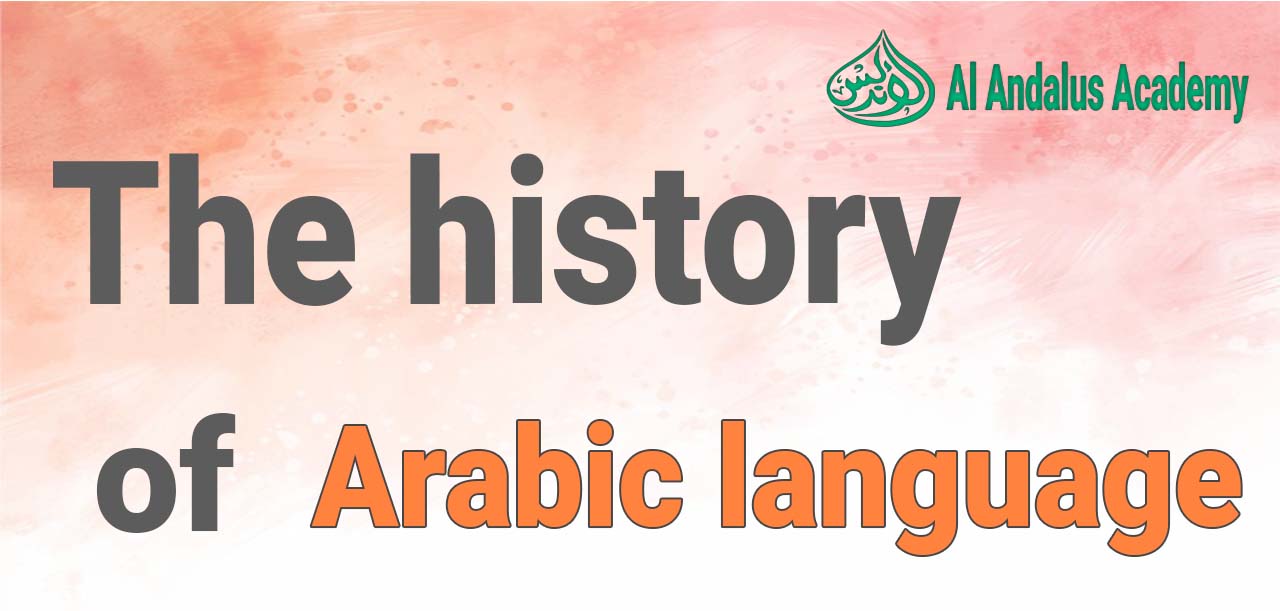
The history of Arabic language
Arabic is the native tongue of more than 200 million people worldwide
It ranks 6th among the major languages of the world.
Who speaks the Arabic language?
Arabic is the official language of Algeria, Egypt, Iraq, Jordan, Kuwait, Lebanon, Libya, Mauritania, Morocco, Oman, Saudi Arabia, Sudan, Syria, Tunisia, United Arab Emirates, and Yemen as well as one of the six official languages of the United Nations.
It’s also spoken in countries such as Somalia and is the language of the holy writings of Muslims throughout the world.
Arabic language, Semitic language spoken in a large area including North Africa, most of the Arabian Peninsula, and other parts of the Middle East
Arabic relation with other languages
The relationship of Arabic to the other Semitic languages remains a matter of debate. The most widely accepted theory, which classifies Arabic within a Central Semitic grouping, postulates a relationship close to Aramaic and the Canaanite languages based on the similarities between their respective verb structures.
Arabic verbs
Verbs in Arabic are regular in conjugation. There are two tenses:
The perfect: formed by the addition of suffixes, which is often used to express past time.
The imperfect: formed by the addition of prefixes and sometimes containing suffixes indicating number and gender, which is often used for expressing present or future time.
In addition to the two tenses, there are imperative forms, an active participle, a passive participle, and a verbal noun.
Verbs are inflected for three persons, three numbers (singular, dual, and plural), and two genders. There are also forms for the passive voice.
Arabic nouns
There are three cases (nominative, genitive, and accusative) in the declensional system of nouns; however, these cases have largely disappeared from the spoken dialects, and they are often omitted in spoken Standard Arabic.
The dialects of Arabic language
Four main Arabic dialects make up the language spoken in the Middle East and North Africa today. Each have their own set of sub-dialects.
These dialects are the Maghreb dialect of North Africa, the Egyptian dialect of Egypt and Sudan, the Levantine dialect of Lebanon, Syria, Jordan and Palestine, and the Iraqi Gulf dialect of Iraq and the Arabian Gulf.
